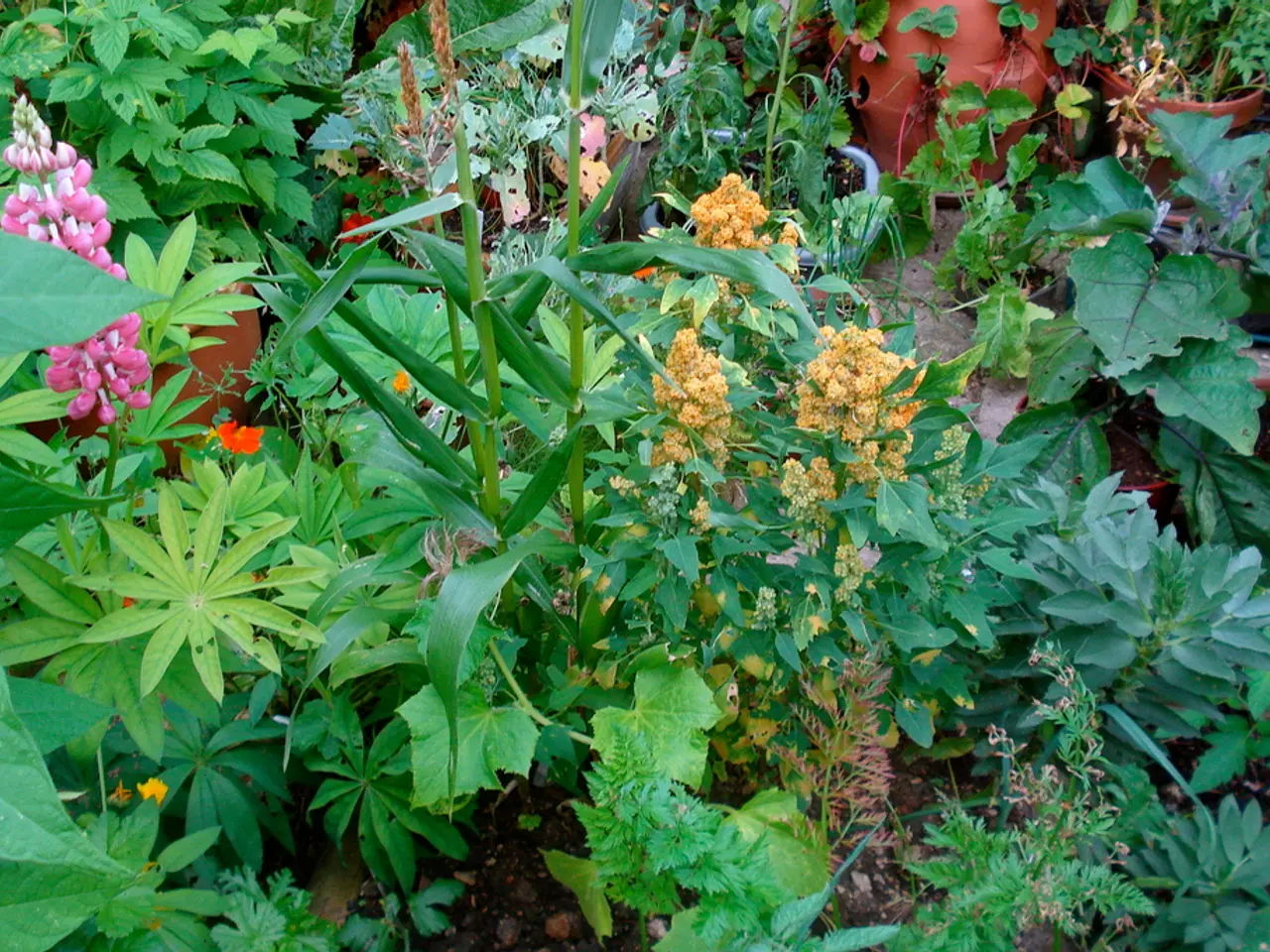Yellowing Gardenia Foliage: Causes and Solutions Explored
Gardenias, with their prolonged flowering period and attractive evergreen foliage, are a perennial favourite in the ornamental garden. However, these plants can sometimes develop yellow leaves, a phenomenon known as chlorosis. This article aims to provide a clear and straightforward guide on how to address this issue.
Rapid changes in weather can cause yellowing leaves in gardenias. But more often, the culprit is either overwatering or underwatering, or even pest infestations such as spider mites. Overwatering causes the roots to become waterlogged, preventing them from absorbing oxygen properly, leading to yellow leaves that may feel soft or mushy. Underwatering, on the other hand, causes stress from lack of moisture, resulting in yellowing. Spider mites can cause tiny yellow spots and webbing on leaves, contributing to leaf discoloration and drop.
To address yellowing leaves on gardenias, there are some easy fixes. Firstly, adjust your watering practices. Water the gardenia only when the top inch of soil feels dry. Avoid excess watering to prevent root rot. Secondly, inspect and treat for pests. Check the undersides of leaves for spider mites or other pests, and consider using insecticidal soap or horticultural oil if infestations are found. Thirdly, ensure well-draining soil and consider repotting if roots are crowded or waterlogged. Lastly, gardenias prefer high humidity and bright but indirect sunlight; adjusting these conditions can reduce stress and yellowing.
Gardenias need soil with a pH value between 5.0 to 6.5 for optimal growth. If yellowing is observed, check the garden soil for incorrect pH levels or deficiencies in iron and magnesium. Proper irrigation techniques help prevent disease in gardenias. Sufficient light and ample space between each plant are necessary for gardenias. Infected yellow leaves and debris should be promptly removed from the growing space of a gardenia.
It's important to note that solutions to yellowing gardenia leaves also include routine irrigation, using a high-quality fertilizer, and monitoring of pH levels in the soil. Consulting a local extension service or garden center expert is recommended before applying chemicals to gardenias.
By carefully managing watering and monitoring for pests, you can typically resolve yellow leaf issues on gardenia plants effectively. With these tips, you can help your gardenias maintain their vibrant, healthy appearance.
Adjusting watering practices and ensuring proper soil conditions can help maintain the vibrant appearance of gardenias. Overwatering, underwatering, or improper soil pH levels can cause yellow leaves, so watering only when the top inch of soil feels dry, checking for pH levels and iron or magnesium deficiencies, and using high-quality fertilizer are all essential for gardenia health. Additionally, inspecting leaves for pests like spider mites and addressing infestations promptly can prevent yellowing.



